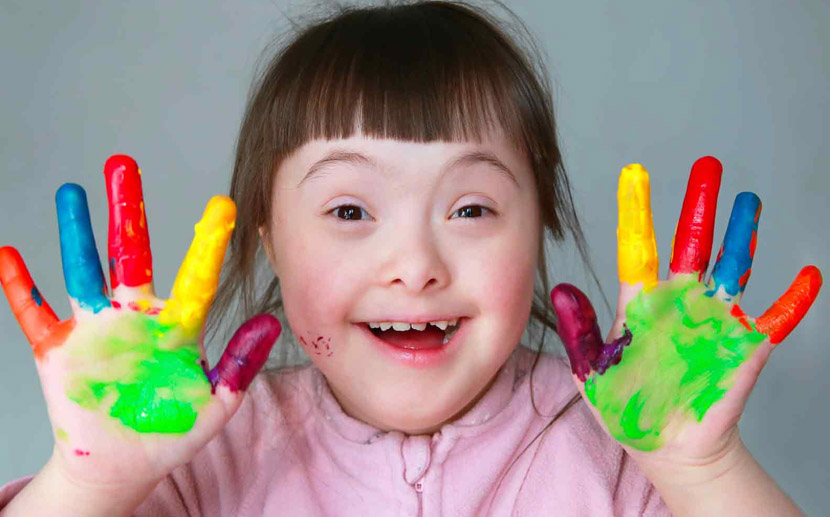One Extra Chromosome
This syndrome was named after British physician John Langdon Down, who was the first to fully describe it in 1866. In 1959, French researchers discovered that the genetic cause of this Syndrome was the existence of an additional chromosome 21.
Thus, while the normal human karyotype includes 23 chromosome pairs (total of 46 chromosomes). From each pair of chromosomes one chromosome comes from the mother and the other from the father. In the case of Down Syndrome, the chromosomes are 47, as they have an extra chromosome 21, which in 90% of cases comes from the mother.
Characteristics of Down Syndrome
People with Down syndrome have some common features. They have small stature as well as flat and wide face. Their eyes are oblique, their chin small and their mouth relatively small, so their tongue often protrudes. The intelligence index of people with Down Syndrome is lower than average and often have vision and hearing problems.
Modern medical care has significantly improved the quality of life of people with Down syndrome and has given many of them the chance to live a “full” life.
Prenatal Control & Down Syndrome
During prenatal screening, factors that increase the chance of having a child with Down’s Syndrome are taken into account. The main factor, which increases this likelihood, is the woman’s age at the time of childbirth.
Specifically, if the woman is 35 years old at childbirth, this probability is estimated at about 1/350, and this probability for the age of 40 and 45 is 1/100 and 1/30 respectively.
Here we have to point out that all women are likely to have a child with Down syndrome. Indeed, given that most babies are born from women under the age of 35, in absolute numbers more babies with Down syndrome are born of younger women.
Another factor that increases the chance of having a child with Down’s syndrome is the existence of a previous pregnancy in which this syndrome occurred. In particular, the probability of having a child with Down syndrome by parents who already had such a pregnancy is estimated at 1%.



